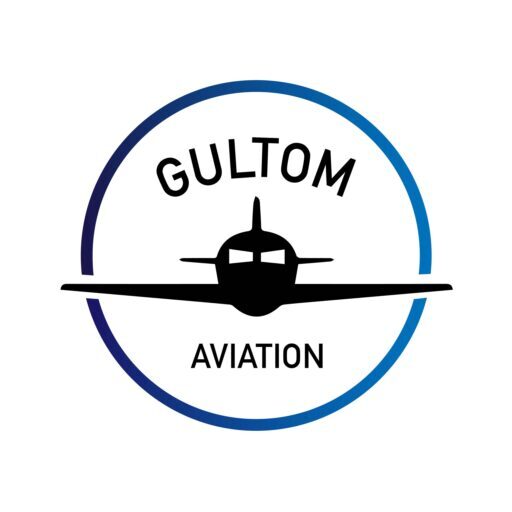As a student pilot embarking on the journey to earn your private pilot’s license, the path ahead is filled with excitement, challenges, and, inevitably, a hefty dose of regulatory study. Heeding your instructor’s advice, you acquire a copy of the FAR/AIM (Federal Aviation Regulations and Aeronautical Information Manual), a tome that appears daunting at first glance. At least 3 inches thick, this compilation of rules and guidelines initially fills you with a sense of dread, as the thought of memorizing its vast content seems like an insurmountable task. The sheer volume of information can make any aspiring aviator pause and question their ability to retain so much critical data. However, it’s important to approach this milestone with a sense of perspective. While it’s true that the FAR/AIM is extensive, the good news is that not all regulations apply equally to private pilots. In fact, there are specific key regulations and guidelines that are most relevant to your training and future flights as a private pilot. Understanding these essential regulations can significantly demystify the process and focus your study efforts, making your path to obtaining your license more straightforward and less overwhelming. This article aims to highlight the essential regulations every private pilot should know, providing a focused roadmap through the regulatory landscape and ensuring you’re well-prepared for both the written exam and practical flying.
Navigating the skies as a private pilot comes with its share of responsibility and excitement. Among the most crucial aspects of a pilot’s preparation is understanding the myriad regulations set forth by the Federal Aviation Administration (FAA). These rules ensure not only the safety of the pilot and passengers but also the safety of others in the airspace and on the ground. Below, some of the key regulations that every private pilot must be familiar with, along with their FAR code are listed below.
- Certificates Required (FAR 61.1)
- Medical Requirements (FAR 61.23)
- Basic Med (FAR 61.23(c(3)))
- Logbook entries (FAR 61.51)
- Flight Review (FAR 61.56)
- Moving/Change of Address (FAR 61.60)
- Private Pilot Privileges (FAR 61.113)
- Complex Airplane (FAR 61.31(e))
- High Performance Airplane (FAR 61.31(f))
- TailWheel Airplane (FAR 61.31(i))
- Carrying Passengers (FAR 61.57)
- Pilot in Command (FAR 91.3)
- Alcohol and Drugs (FAR 91.17)
- Must Report DUI (FAR 61.15)
- Pre-flight Action (FAR 91.103)
- Seatbelt Use (FAR 91.107)
- Formation Flight (FAR 91.111)
- Right of Way (FAR 91.113)
- Speed Limits (FAR 91.117)
- Minimum Safe Altitudes (FAR 91.119)
- Altimeter (FAR 91.121)
- ATC Light Signals (FAR 91.125)
- VFR Fuel Requirements (FAR 91.151)
- VFR Weather Minimums (FAR 91.155 )
- Special VFR (FAR 91.157)
- VFR Cruising Altitude (FAR 91.159)
- Required Aircraft Documents (FAR 91.203, FAR 91.9, FAR 23.2620)
- ELT- Emergency Locator Transmitter (FAR 91.207)
- Aircraft Lighting (FAR 91.209)
- Oxygen Requirements (FAR 91.211)
- ADS-B Equipment Requirements (FAR 91.225, FAR 91.227)
- Acrobatic Flight (FAR 91.303)
- Parachute (FAR 91.307)
- Restricted & Experimental (FAR 91.319)
- Maintenance Responsibilities (FAR 91.403)
- Preventative Maintenance (14 CFR Part 43)
- Flight Test after a Major Repair (FAR 91.407)
- Required Inspections (91.409, FAR 91.411, FAR 91.413, FAR 91.207)
- Airworthiness Directives (FAR 39.3)
- NTSB (49 CFR Part 830, FAR 830.5, FAR 830.10, FAR 830.15)

